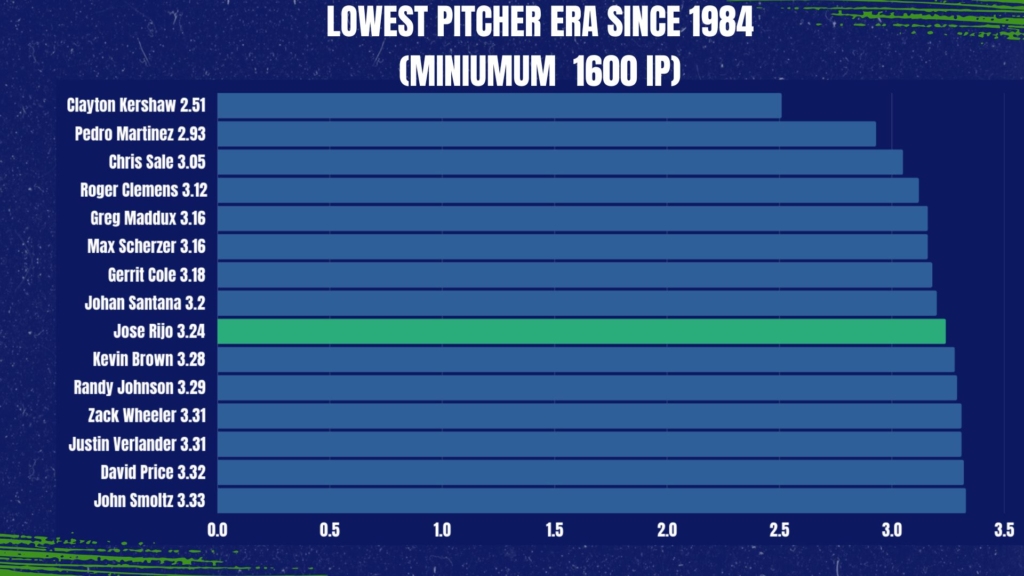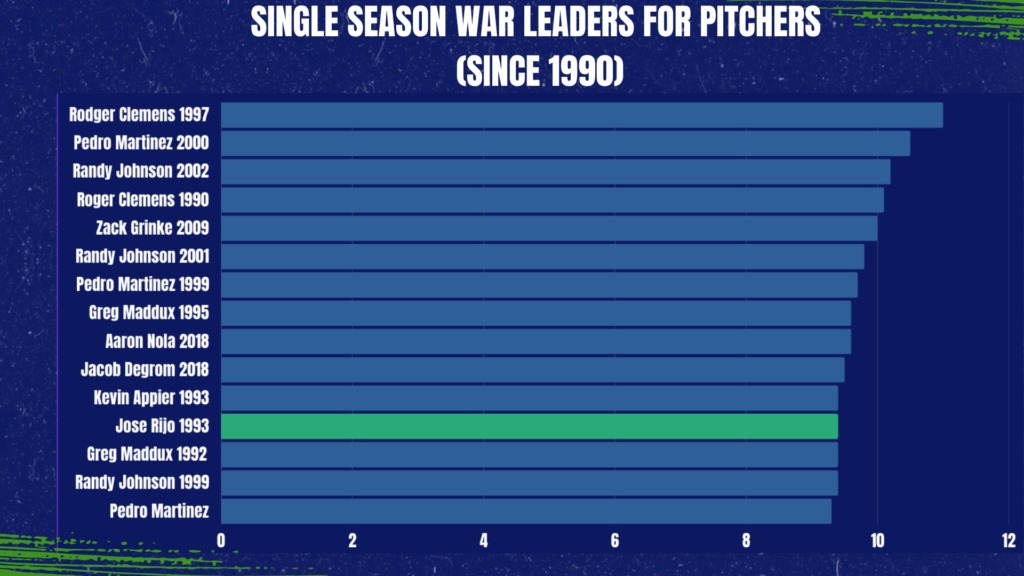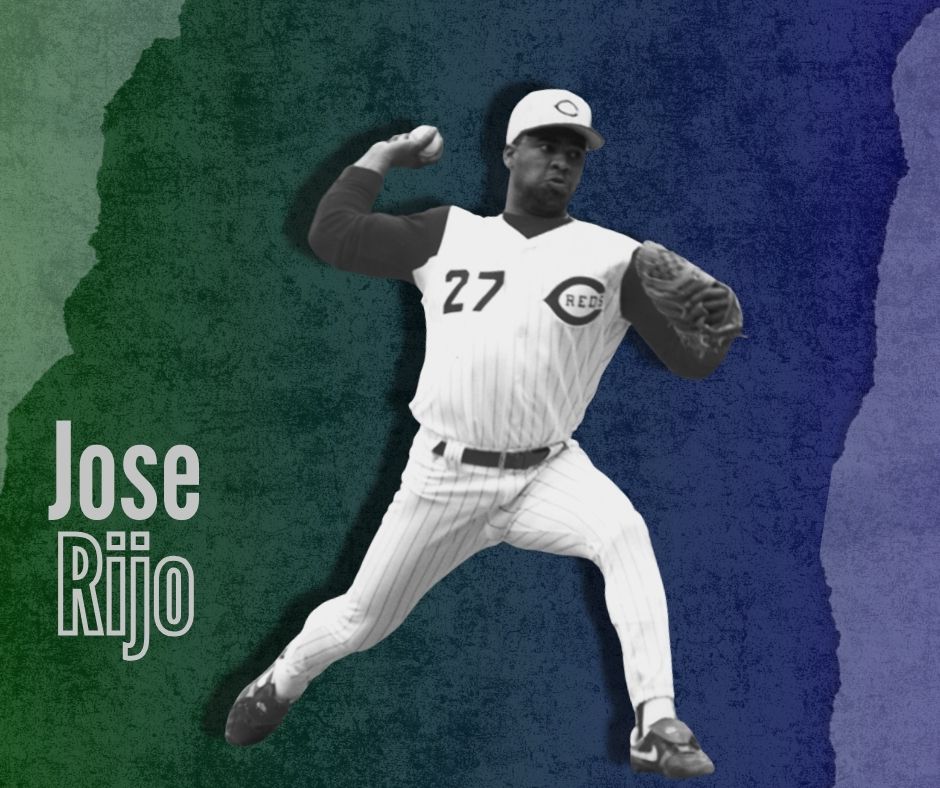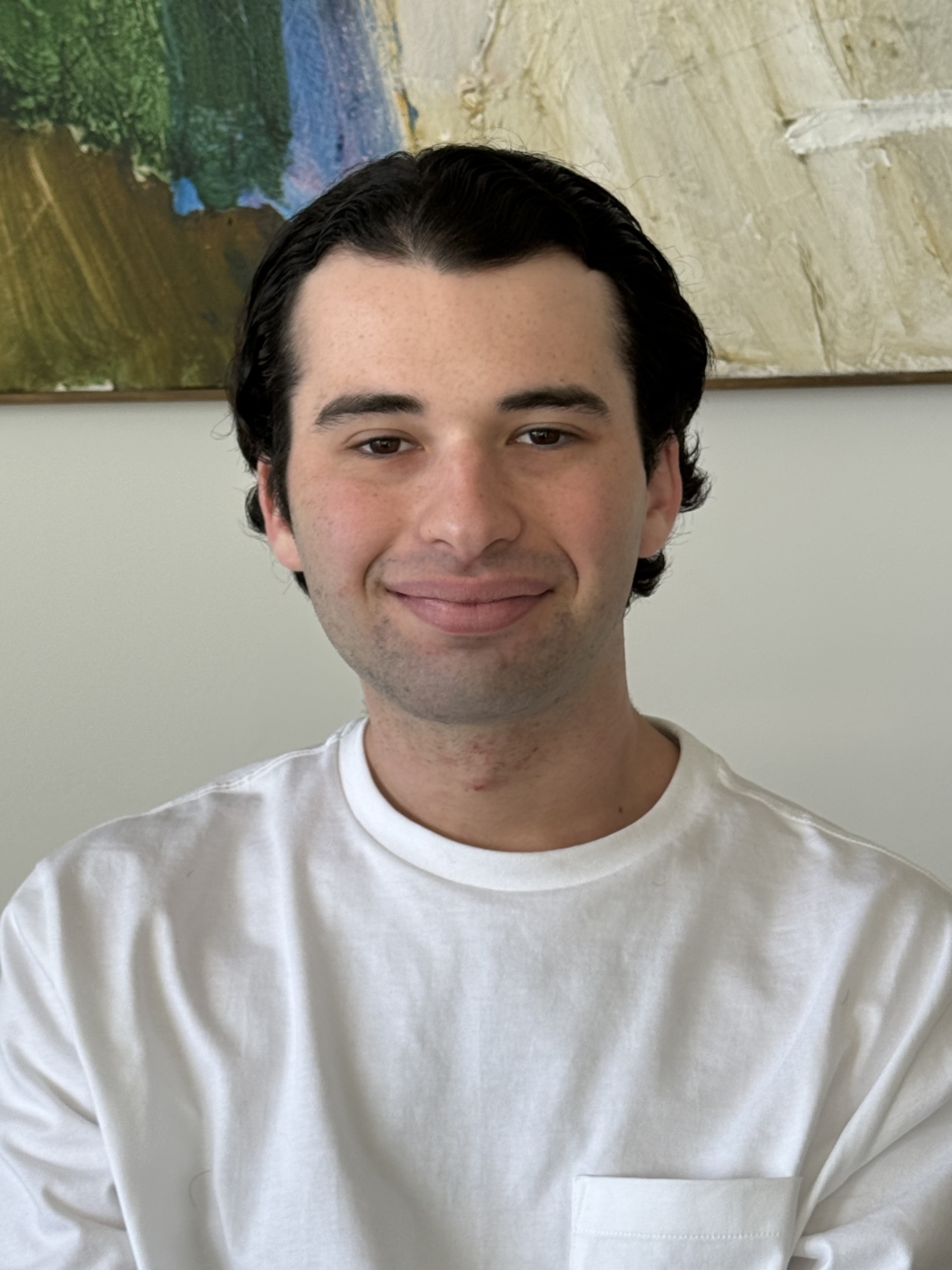The Fringe is where forgotten legends, overlooked performances, and unexplainable moments live. It’s the corner of the sports world where the spotlight rarely reaches, but the stories hit hardest. From misused playmakers and untold stories to questionable decisions, forgotten games, and what-ifs that still haunt the diehards, The Fringe explores the edges of greatness, the brilliance behind the bizarre, and the beauty of what doesn’t fit the mold.
Some stories are etched in history. Some belong on The Fringe.
There have been 23,470 players in Major League history. These batsmen and pitchers have all managed to leave their mark on the game, whether through a single plate appearance or a decade-spanning, era-defining career. Thousands of them have been forgotten. Some lasted just one at-bat or faced only a single hitter. Their legacies are reduced to a few strokes of a typewriter in a game recap buried deep in an archive, or a couple of lines on Baseball Reference.
Some played so long ago that their stories now read more like American folklore than lived experience. Others came from distant lands to chase a stitched white ball across unfamiliar ballparks, barnstorming their way into history. And yet all of them, forgotten or not, are honored by one simple truth: they made it. They played this beautiful game at the highest level.
If you have ever been to a baseball game at any level, you have likely heard some version of the phrase “Baseball is unforgiving.” And it is. Given the chance, this sport will chew you up and spit you out without ceremony. That is exactly why every one of those 23,470 players deserves to be celebrated. However brief their time, they endured the gauntlet and proved that they could survive the chewing.
Of those 23,470, only 278 have reached the mountaintop. Just 0.012 percent of players have seen their careers end with a plaque in Cooperstown. In 2001, the Hall of Fame voting process concluded with Dave Winfield and Kirby Puckett earning induction. Down the ballot, a number of players failed to receive even five percent of the vote, disqualifying them from future consideration. For many, that vote total marked their final moment of recognition. Their last flicker in the public memory. For most, it confirmed what baseball had already decided: they would be remembered only by aging fans who saw them play, or by curious kids flipping through old card packs and Wikipedia pages.
One of those players on the 2001 ballot was José Rijo, who received a single vote. Just 0.2 percent. That one vote was his only one. A pretty good pitcher for a few years, with a Bill James Hall of Fame Monitor score of 28. Expected. Forgotten. Done. Rijo had not pitched in five years, and this lone BBWAA vote was likely the final formal recognition of his career.
But José Rijo was not done.
He fought back. He clawed his way out of the game’s jaws. Seven years, 44 games, and 94 innings later, Rijo did something only one other man had done before. He appeared on the Hall of Fame ballot again, becoming just the second player in history, alongside Minnie Miñoso, to receive a Hall of Fame vote before returning to play in a Major League game.
No one may understand the volatility of a baseball career better than José Rijo. He lived both the highest highs and the lowest lows a Major Leaguer can reach without slipping into the truly bizarre. His career is filled with oddities, trivia, and footnotes worth exploring for days. For example:
• The only major honor he won was the Tony Conigliaro Award
• He was once married to Juan Marichal’s daughter
• He was traded twice, each time for a future Hall of Famer
• He debuted at age 18
• And of course, he became one of just two players to appear in a Major League game after receiving a Hall of Fame vote
Behind all the quirks, one thing is often missed or perhaps never fully understood: José Rijo was really, really good.
It is not a stretch to say he may have been the most underrated pitcher of the 1980s and 1990s.
Let’s look at some numbers.

Rijo ranks ninth for the lowest ERA among pitchers who have thrown a minimum of 1,600 innings since 1984. Look at the names on the chart that Rijo shares space with. His contemporaries, huge names like Maddux, Pedro, and Clemens, are recognized as three of the greatest pitchers of all time. And there is Rijo, right there with them.
Rijo’s best five-year stretch, from 1990 to 1994, was absolutely dominant. Over those seasons, a 1,042-inning sample, he posted an ERA of 2.64, a WAR of 29, a strikeouts-per-nine of 7.7, a strikeout-to-walk ratio of 3, and an ERA+ of 149. All of this shows that Rijo was not just underrated. He was a well above average pitcher for half of a decade.
His best season during that stretch, 1993, is one of the most complete and impressive pitching seasons of the last 35 years.

Again, look at the names on that chart. Rijo sits in company with Pedro Martinez, Randy Johnson, Greg Maddux, and Roger Clemens. Yet his name almost never appears in conversation with theirs, despite the numbers telling a different story.
In 1993, Rijo led the league in WAR—when including his batting stats—among all players. He finished ahead of Barry Bonds and Ken Griffey Jr. He finished second in ERA and strikeouts, and ranked in the top five in WHIP, ERA+, and FIP. He even slashed .268/.294/.374 at the plate, good for a 73 OPS+ and a full win above replacement as a hitter.
Despite filling up the stat sheet and arguably being the most valuable player in baseball, Rijo did not make the All-Star team. He finished outside the top four in Cy Young voting and did not crack the top 20 in MVP voting. His statistical dominance was overlooked because of one specific category, and unfortunately for Rijo, it was the one that mattered most in 1993.
The Reds did not win.
They went 73 and 89, finishing 16 games under .500 and last in the NL West. Rijo, with little offensive or defensive support, ended the season with a 14 and 9 record. His .609 winning percentage fell well short of the .734 average posted by the four Cy Young finishers ahead of him. Despite his elite body of work, Rijo was doomed by a stat that was largely out of his control. He received zero first-place votes.
Rijo was clearly a better pitcher than three of the pitchers who finished ahead of him in the Cy Young race. He even has a strong case that he outperformed Maddux. If that season happened in 2025, Rijo would most likely be taking home the Cy Young award.
But we cannot change the past, and Rijo remains cursed by the context of the era in which he played. It was a time when win-loss records carried more weight than any other metric. This was a problem for Rijo throughout his entire career.

Rijo’s struggles to accumulate traditional win totals created a feedback loop that still lingers today. He was overlooked in his prime because the stats that mattered most at the time, such as wins, ERA, and innings pitched, did not break in his favor. And now, decades later, he remains overlooked because he was never fully appreciated in his moment. It is nearly impossible for a player like Rijo to stand out in a generation stacked with some of the greatest pitchers the game has ever seen.
But if you need any final proof that Rijo was a winner, look no further than the 1990 postseason.
He only reached the playoffs once, but when the opportunity came, he seized it with both hands. First, he delivered a gem in the clinching Game 4 of the NLCS against the Pirates to send the Reds to the World Series. Then came the Fall Classic. Could Rijo deliver on the sport’s biggest stage?
Set to start Game 1, Rijo received pregame encouragement from his then father-in-law, Hall of Famer Juan Marichal. He took the mound to face Rickey Henderson and the favored Oakland A’s, a team that happened to be both his former club and the one that had traded for him earlier in his career.
Rijo looked like a man on a mission. He struck out the ever-dangerous Henderson on a pitch that nicked the outside corner, then punched out José Canseco on a similar offering. It set the tone. Rijo went on to dominate both of his starts in the series. In Game 4, the clincher, he threw 8 1/3 brilliant innings, struck out nine, and allowed just five A’s to reach base. He was named World Series MVP.

That performance should have placed Rijo alongside postseason legends, pitchers like Pettitte, Bumgarner, and Morris. And yet his name rarely gets mentioned in the same breath. His dominance came and went quietly.
The highs of the early 90s soon gave way to one of the most grueling injury stretches in baseball history. From 1996 to 2000, only three years removed from dominating the league, Rijo did not throw a single pitch in the majors. Arm issues led to three Tommy John surgeries and two additional procedures on his elbow. For five full seasons, he was gone.
But then, in 2001, not long after receiving a single Hall of Fame vote, Rijo returned. He pitched two more seasons in the big leagues before retiring in 2002. In 2008, he was back on the Hall of Fame ballot. This time, he received zero votes, one fewer than he did the first time.
We will never know whether five more healthy seasons would have changed Rijo’s Hall of Fame fate. Maybe he was always destined to be underappreciated. Today, he is enshrined in the Cincinnati Reds Hall of Fame, perhaps one of the few places where his brilliance is truly recognized.
But José Rijo deserves to be remembered and celebrated, not just for being very good at baseball and still underrated to this day, but because he did something so few athletes are allowed to do. He came back. He dictated the terms of his own career. And that, in itself, is worthy of honor.
Enjoyed this article? Follow us for more!
📸 Instagram: @EnterSandmanSports
📘 Facebook: @EnterSandmanSports
🐦 X (Twitter): @EnterSandmanSports
📺 YouTube: @EnterSandmanSports
🎵 TikTok: @EnterSandmanSports
📨 Join our newsletter for weekly updates and picks!




